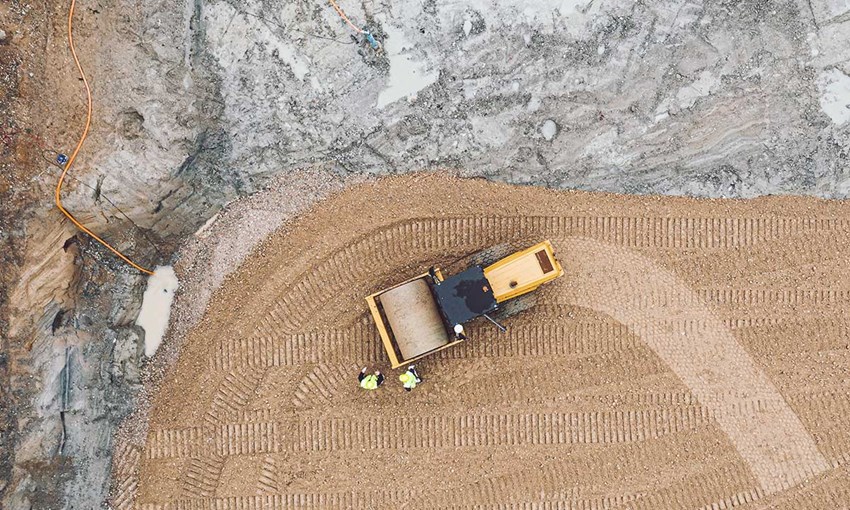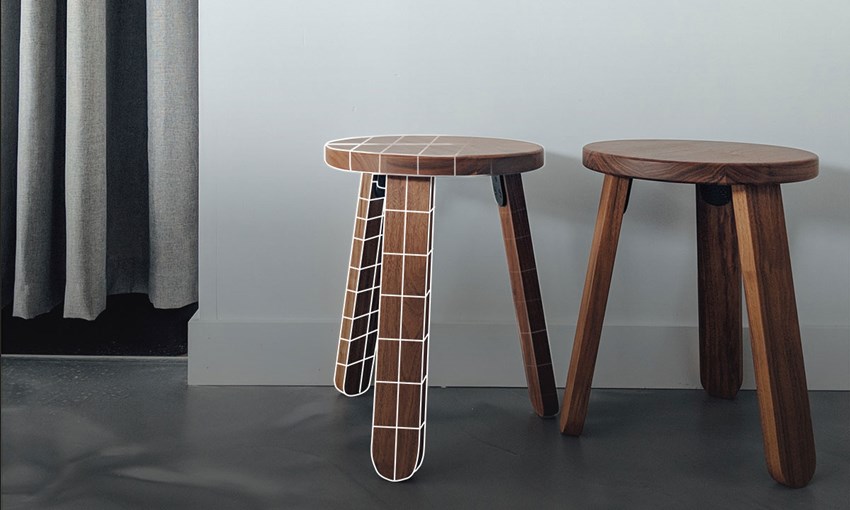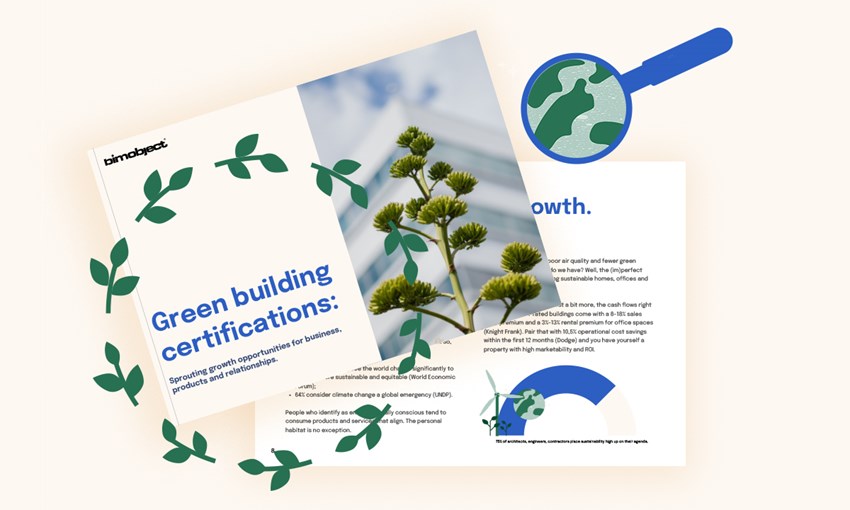Pssst! This article is an excerpt (plus-plus-plus) from our e-book on green building certifications. Get your free copy and master the rating systems today!

Don't have the full 8-minutes? Jump to:
- Get a grasp of what a green building is and how certifications work
- Know your place in green rating systems
- Get insights into how specifiers work with sustainability and rating systems
- Understand how BIM facilitates sustainable buildings
- Make your product data accessible
- EPDs enforce transparency & credibility
- Locate and target architects, engineers & interior designers
1. Find out what a green building is and how certifications work
Want to get your products into green projects? In that case, you need to get these three nuggets of knowledge ironed out:
What is a green building?
A green building is a structure that, in its design, construction and operation, reduces negative impacts on the climate or natural environment. A green building can be an office, a hospital, a metro system, or any other structure imaginable that (among other things) efficiently use energy, water, and resources, offer good indoor environmental air quality, and host non-toxic, ethical, and sustainable materials.
What are green building certification systems?
Green building certifications (GBC) are a set of rating systems and tools used to assess an asset's performance and safeguard the development of sustainable and healthy buildings. Certifications are (often) voluntary and carried out by third-party experts who verify certain performance criteria and award the rating.
There are lots GBCs out there with national variations and varying degrees of rigor. Globally, LEED and BREEAM are the most used green rating systems, but LBC (Living Building Challenge) is one of the most stringent.
Why do we need sustainability certifications?
Green climate certifications rose in the 1980s as a response to growing climate concerns and acute safety issues. Shortly thereafter, life-cycle assessments (LCAs) were coined and started to gain ground – laying the foundation for today’s green climate certifications.
Fortunately, the green building shift has intensified in recent years through private initiatives and political actions such as the sustainable development goals, the EU climate law, and the fact that COP26 dedicated an entire day to the built environment. But what's to gain? Among other things:
- Reduced energy- and water consumption, waste, and carbon footprint.
- Improved health and well-being for occupants
- Increased marketability and asset value.
 Get stats on the social, economic, and environmental value of certifications now >
Get stats on the social, economic, and environmental value of certifications now >
In 2016, there were 1,04 billion square meters of certified buildings globally (World GBC), and the numbers continue to rise. In 2021, energy efficiency investment in buildings increased by 11%, and green building certifications by 13.9%. Additionally, the U.S. Green Building Council says there's €100 billion worth of green materials specified in certified projects.
2. Know your place in green rating systems
Understanding the different certification systems presents a real opportunity for building product manufacturers. But we must set a few things straight to avoid potentially awkward situations. When in dialogue with green specifiers, never claim that your building products are LEED or BREEAM certified or that they can guarantee a certain rating.
Yes, building products do play a massive role in a structure’s energy performance, thermal transmittance, and lifespan – but!
Sustainability assessments rate a project on a lot of parameters. While products from a single manufacturer can impact the aggregated whole or contribute to earning extra points, they can’t tip the scale from gold to platinum LEED.
3. Gain insights into how specifiers work with sustainability and rating systems
Working towards green ratings requires a plethora of people to select the right building components and crunch the numbers. With this being said: the design phase forms the foundation for future purchases. Influencing and assisting architects, engineers, and interior designers in their product selection process is a solid bet.
Sustainability is taking up more space in the architectural and engineering sphere. Case in point: on a scale of 1-10, our users* in 2020 consider sustainability a 7,6/10.
Fast forward to 2022, that number rose to 80%. What's more: out of that 80%, a whopping 74% exclaim that’s very important. In 2020, only 49% said the same in 2020 – a 25% increase in two years. Get more AEC stats now >

But how can an architect, engineer, and interior designer reassure the client that the designs they create are truly sustainable? Through data. As covered in a recent blog post, data is becoming an increasingly critical factor in designing buildings and which products get specified. And indeed: legislation and certifications are driving up the need to scrutinize climate data on a project as a whole – and how products contribute to driving the numbers up or down.

Keeping product specs, tech, and sustainability data in check is becoming a make-it-or-break-it factor in outreach. Need a helping hand with that? Product's digital sustainability platform makes it easy for AEC professionals* to calculate and evaluate a project’s precise climate impact using manufacturer-specific product data.
* architects, engineers, interior designers, construction professionals, and owners/operators.
4. Understand how BIM facilitates sustainable buildings
An increasing amount of project teams and professionals rely on BIM (Building Information Modelling). Why? Well, partly because of the uptick in national BIM mandates, but also because the digital 3D model offers, in the words of Architect Anna Komorowska; productivity and cross-industry coordination.
The digital building process is gaining traction in meeting rooms and political chambers because it enables teams to analyze pertinent performance data relating to the building – before it’s built. This can have a massive impact on productivity, costs, and sustainability.

But what does this have to do with LEED, BREEAM, and LBC? Well, a lot. For instance: the sixth dimension of BIM is all about creating sustainable, energy-efficient buildings during the design phase and improving operational management. Using BIM, the project teams can select components (products) and crunch the data to optimize factors such as water usage, energy efficiency, and indoor environment to align with the green building certification systems' criteria.
5. Make your product data accessible
Developing a sustainable structure and getting 6 stars or a platinum label requires information. A lot of it. Like, more than a human brain can process. So, if you want to sell products to green projects, you shouldn’t make it hard for specifiers to access and assess your products, right?
The thing is: architects, engineers, and interior designers don’t have the time to sift through piles of PDFs. To top it off, they're 16 times more likely to explore products online than at a trade show. So, what’s the alternative? Getting on the good side of digital-first, BIM-fluent specifiers by transforming your physical products and product sheets into BIM objects.

But what is a BIM object? In a nutshell: a BIM object is a digital twin of a physical product that contains geometric data and properties, but also information relating to lifespan behavior, environmental impact, recycling, and disposal. Every time a designer develops a building information model, they need to source objects and populate the model with them. But how can BIM content contribute to extra sales? For Kanlux, one of Europe’s leading lighting companies, BIM objects made a deal close in Poznan, Poland.
6. EPDs enforce transparency & credibility
Does your company have a green profile? Run with it and communicate it, but make sure you can walk the talk. For added trust, consider investing in environmental product declarations (EPDs).
What is an EPD? An Environmental Product Declaration (EPD) is a transparent, standardized, and third-party verified report that communicates a product’s potential environmental and health impact across its life cycle.
Although EPDs sound complex (not untrue), their value is significantly more straightforward: they build a smoother product selection process and lays the foundation for frictionless collaboration.
Learn more about Prodikt, an essential tool for collecting data on carbon emissions from products and projects.
7. Locate and target architects, engineers & interior designers
The truth is that there are loads of manufacturers trying to score with specifiers. But the players who make sustainability the MVP in their product strategy are the ones who end up dribbling the deal to the goal.

But… BIM objects, environmental data, and EPDs don’t do any good if they’re dormant on a hard drive, hard to find on your site, or promoted to the wrong people. You need to find the right place to share the information with people who care.
BIMobject connects construction. The global marketplace holds 5+ million registered users and hosts BIM objects from over 2,000 manufacturers.* It provides manufacturers with features to publish BIM objects, analyze engagement and promote products to influence specifiers. Want to find out more? Let's chat >
But what about facilitating green design and product selection? The marketplace gives professionals in architecture, engineering, and construction the option to filter products based on sustainability data. If you got it – flaunt it. Going green and providing the data to back it up is a great way to differentiate your products and gain a competitive advantage.

* Defined as unique brands (including subsidiaries with unique product ranges) with products available for download on bimobject.com.

Sarah Chase
Global Content Marketer














